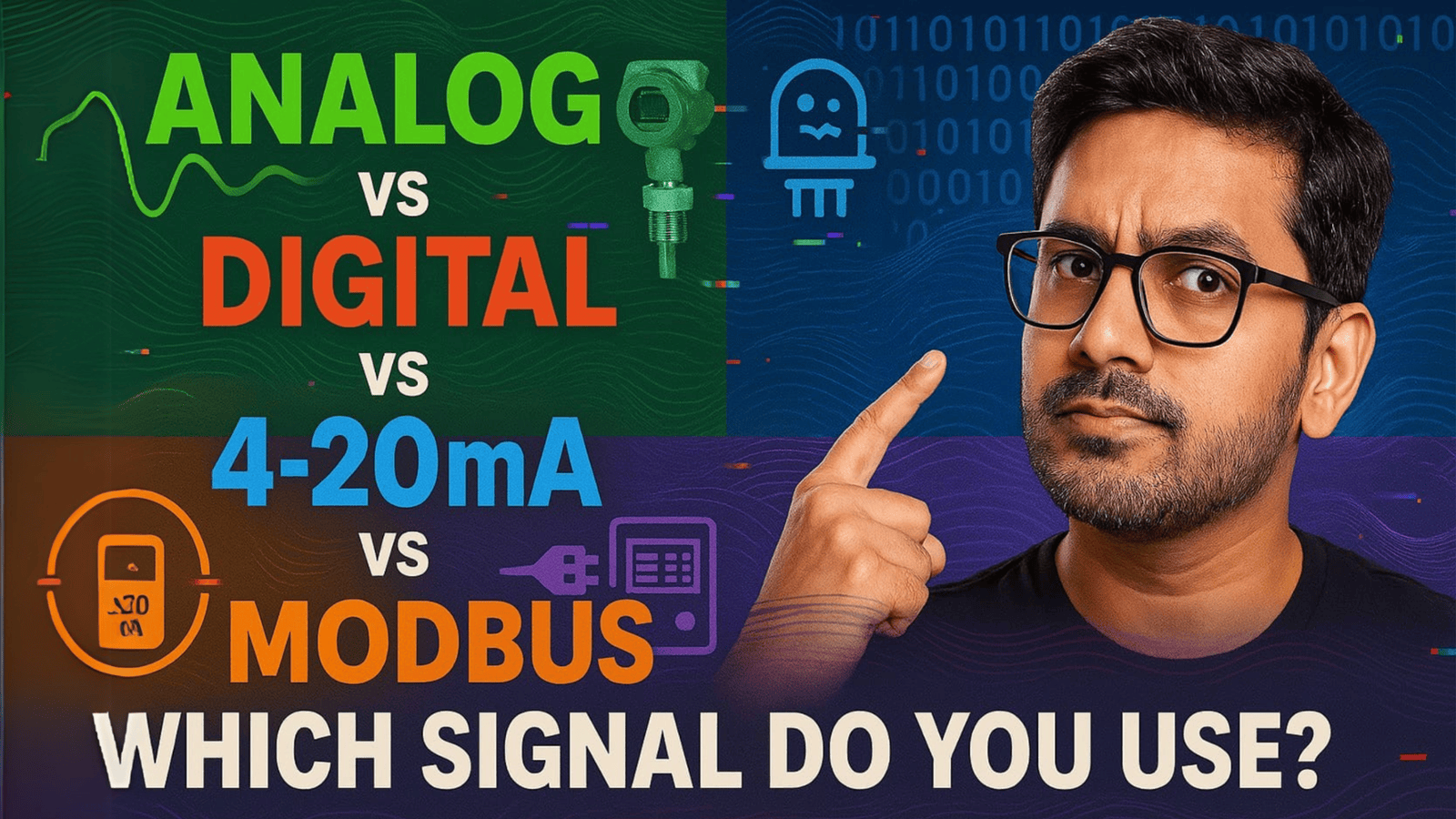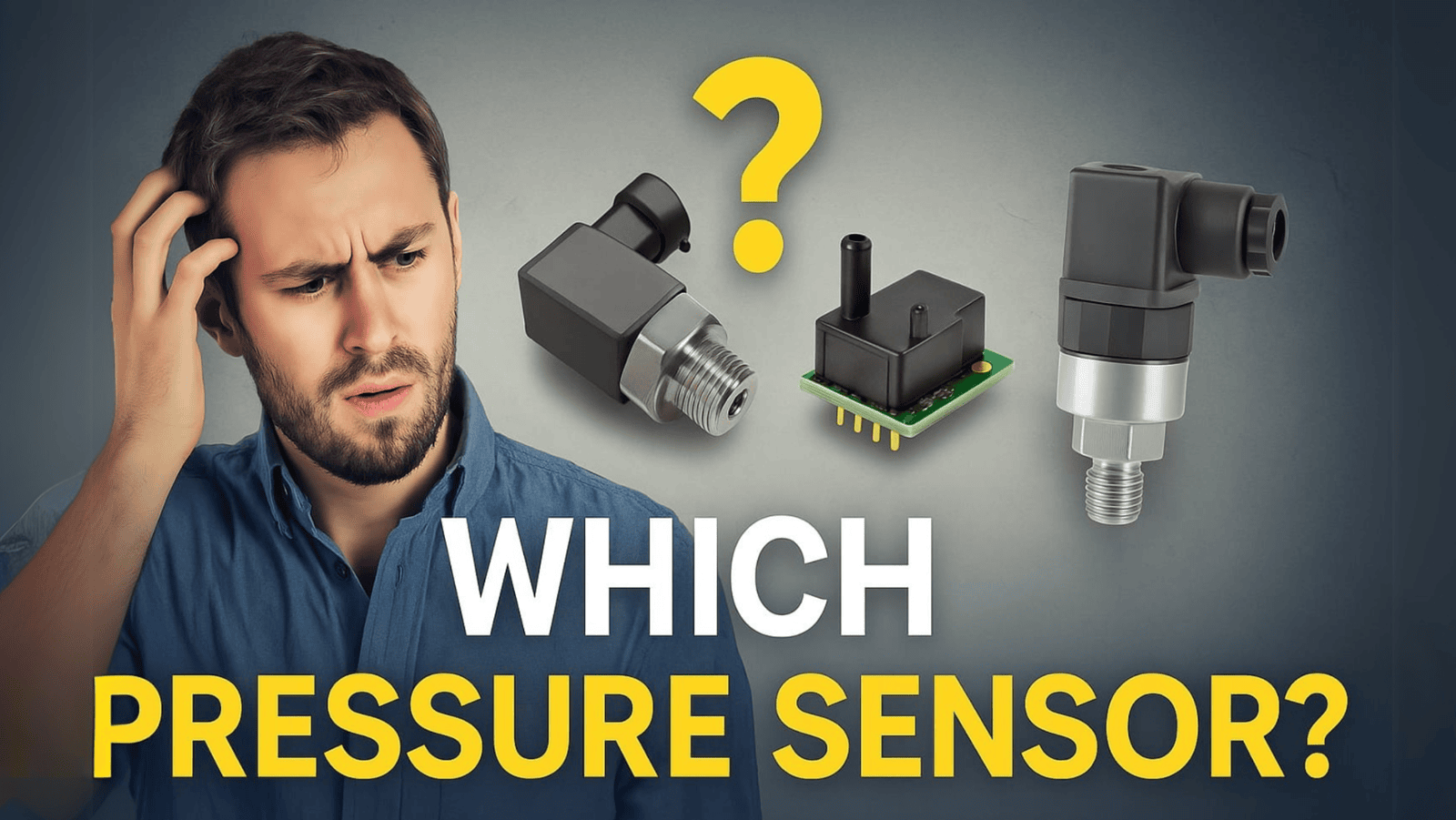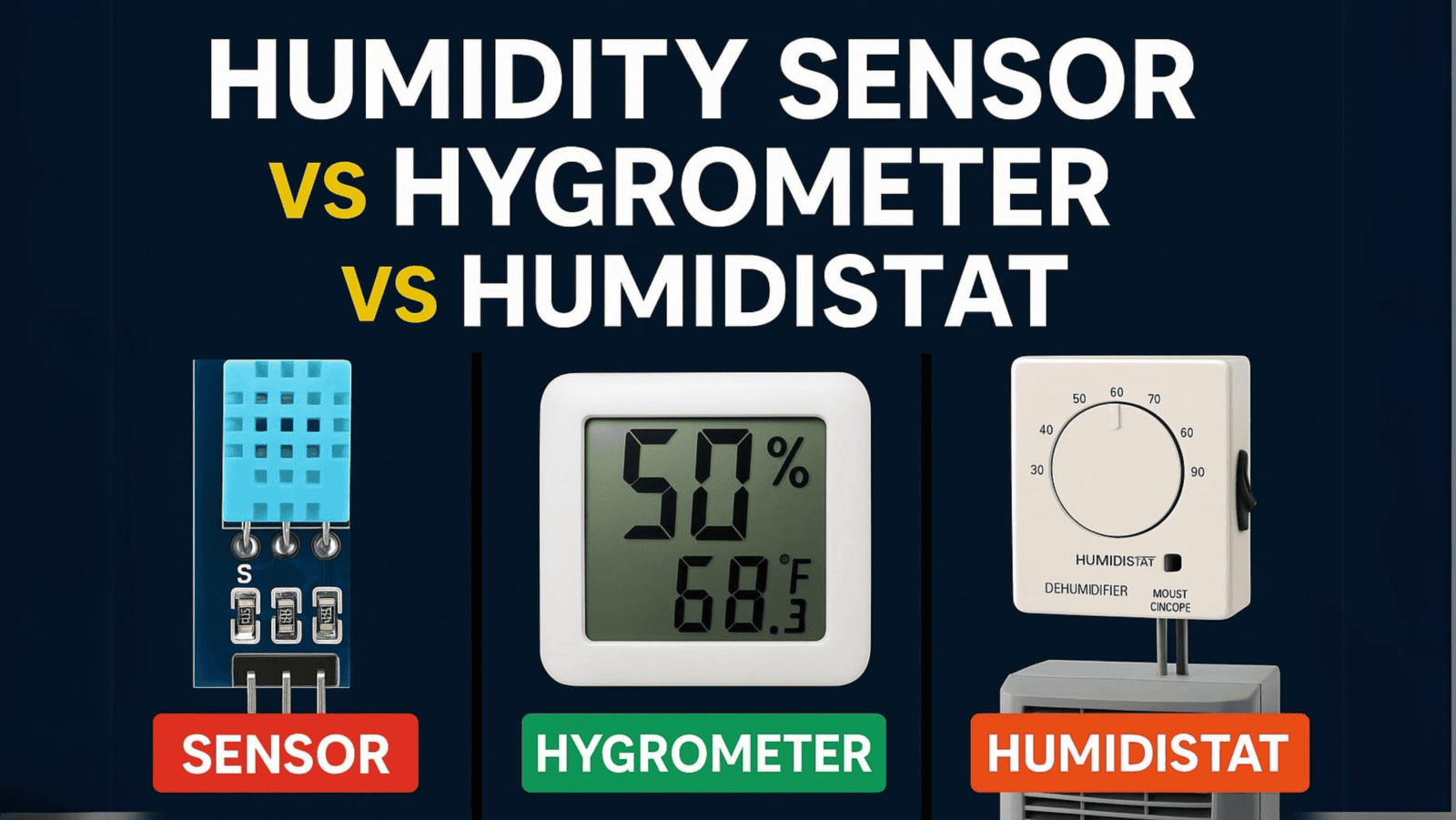- Shop by Brands
- All categories
- Automation
- Measuring Instruments
- Portable Non Electric Tools
- Laser Distance Meters
- Infrared Thermometers
- Portable Infrared Thermal Imagers
- Environmental & HVAC Range
- Volume flow rate and velocity
- pH/REDOX, conductivity, oxygen, chlorine, turbidity
- Environment meters
- Temperature and humidity
- Sound and Noise
- Pressure
- Electromagnetic and Electrostatic field testers
- Torque meters
- Vibration meters
- Tachometers
- Force gauge meters
- Lightning and Exposure
- Color analyzers
- Gases and environment
- Portable Electric Tools
- Testers
- Portable Non Electric Tools
- Electrical equipment
- Panel Accessories
- Panel Locks
- Panel Hinges
- Panel Handles
- Switches
- LED Street Light
- Tower Light/Lamps
- Cables
- Relay Card
- Other Accessories
- Vulcanising solution
- Honeywell Micro Switches
- Honeywell Limit Switches
- LED Indicators
- Push Buttons
- Open Connector
- Sirons and Revolving lights
- EHI Terminals
- Bimetallic Lugs
- PG Glands
- Solid State Relays
- Plug and Sockets
- Closed and Connector CE2X
- Foot Switches
- Limit Switches
- Crane Switches (COB)
- Wireless Crane Remotes
- AC Pulling Solenoid Coil
- ELCB (Isolator Type)
- Surge Protecting Device
- MC4 Connectors (Solar)
- General Relay
- Process Instrument
- Temperature Instruments
- Temperature Sensor
- Temperature Indicator
- Temperature Controller
- Temperature Transmitter
- Temperature Data Logger
- Temperature Scanner
- Humidity Instruments
- Pressure Instruments
- Levels Instruments
- Flow Instruments
- Moisture Instruments
- Dew Point
- Air Velocity
- Data Loggers
- Patco Flameproof Products
- Discrete & Analog Sensing
- Ultrasonic Cleaner
- Temperature Instruments
- Panel Accessories
- More




